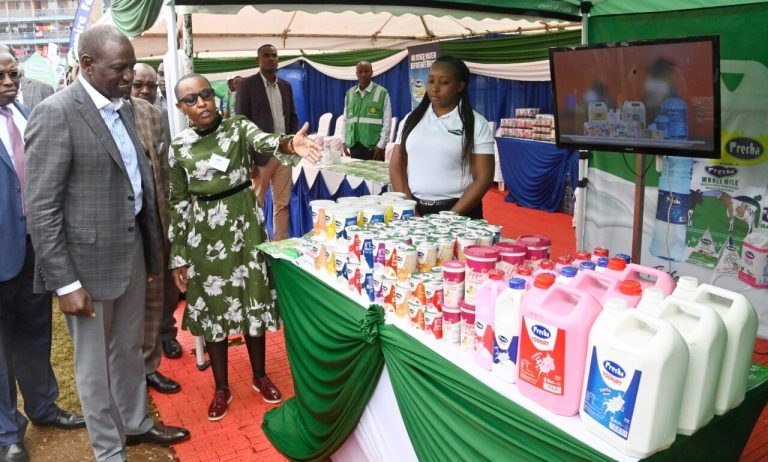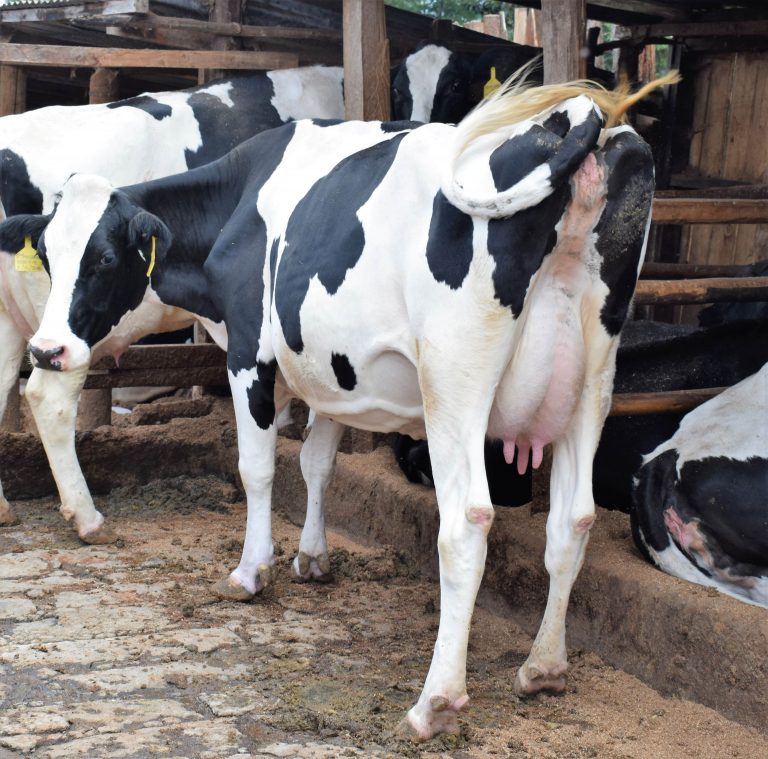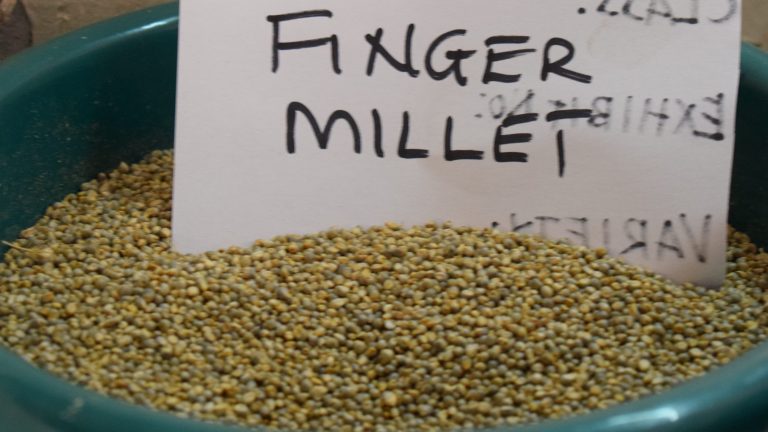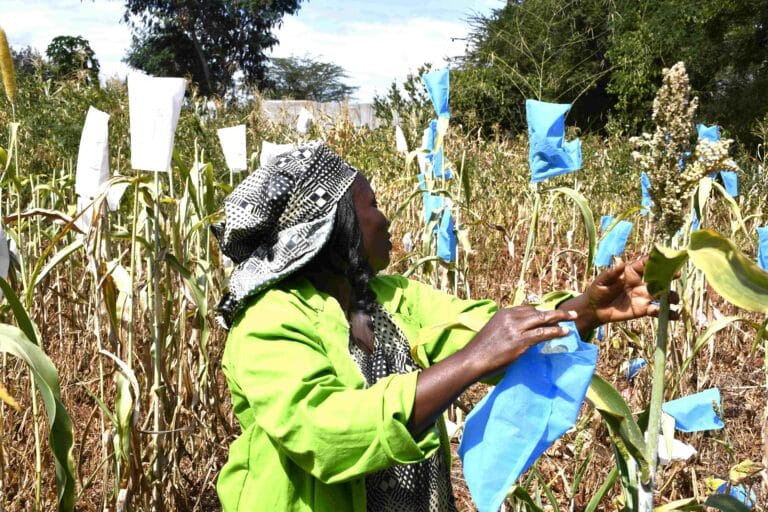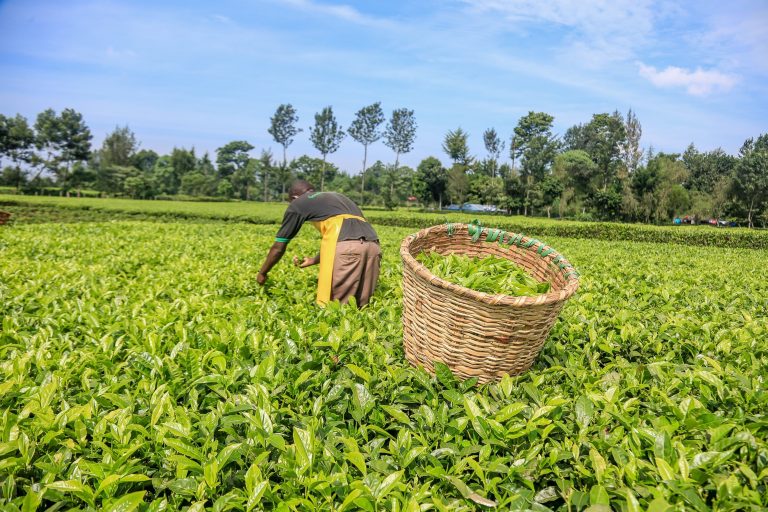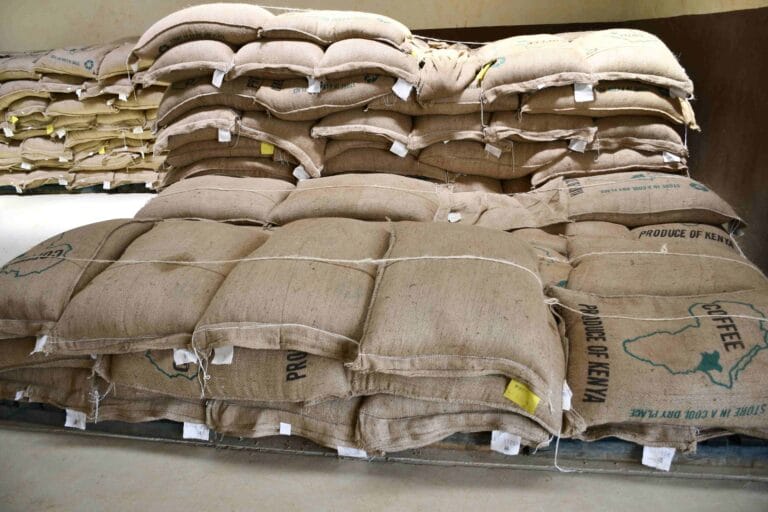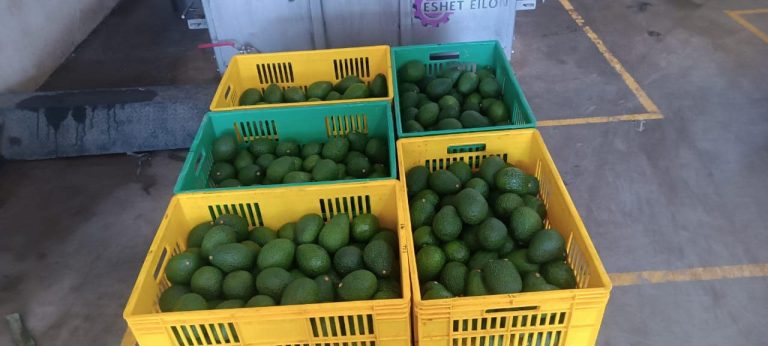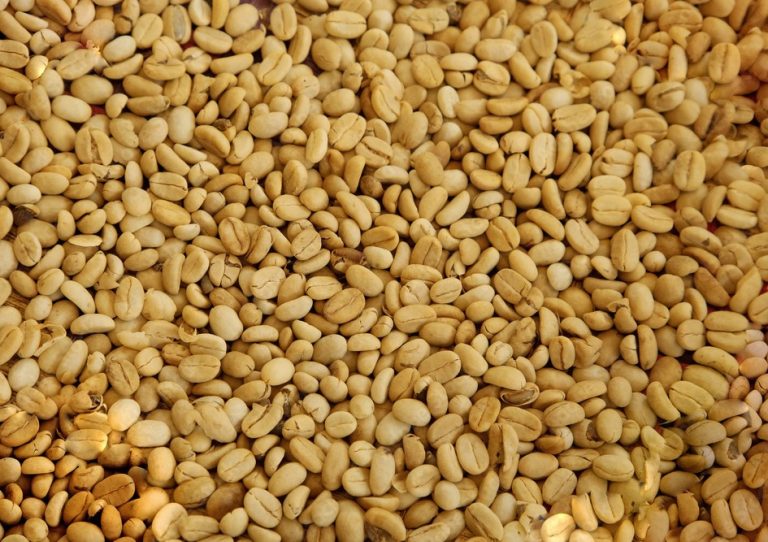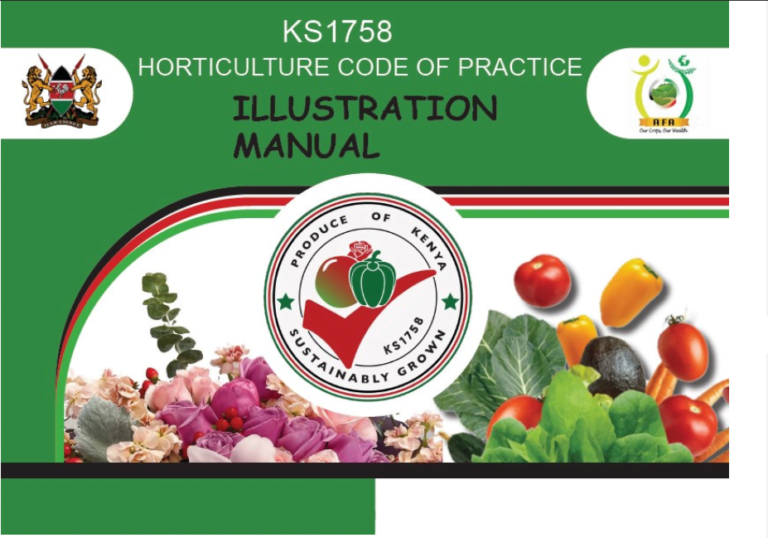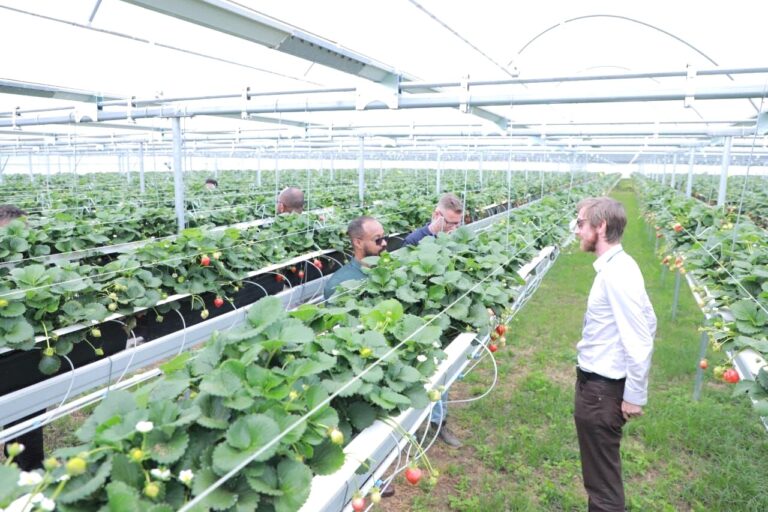by Dr Judith Bryans, International Dairy Federation (IDF) President
The UN Environment Assembly will be gathering soon in Nairobi to discuss the theme of “Innovative solutions for environmental challenges and sustainable consumption and production”. How we can build sustainable food systems will no doubt be at the centre of these discussions.
As the President of the International Dairy Federation (IDF), every day I see the important role that dairy plays in meeting these challenges. Feeding the world with healthy and sustainable food is a goal that we all share, and we must make sure that the calories being consumed come from nutrient rich sources if we genuinely want people to be healthy. It is here that dairy provides a welcome solution.
Ahead of this important UN gathering, we here at IDF wanted to reinforce these three simple reasons why dairy is an essential part of a sustainable diet.
#1 Dairy Nourishes the World
Dairy foods deliver a nutrient-rich package that contains high quality protein, and the essential nutrients calcium, phosphorus, potassium, iodine, and vitamins B2 and B12. The proteins found in dairy are in many ways superior to plant proteins, providing a complete source of high-quality protein and better digestibility.
In addition, the nutrients in dairy work together complementing one another, as part of the dairy matrix. Simply put, our bodies are better at absorbing the nutrients from milk than they are at absorbing the added nutrients in fortified, plant-based products since these foods contain compounds that inhibit the absorption of some nutrients such as calcium.
There’s an increasing trend among researchers to focus on calories without fully considering the quality of those calories in supplying the vital nutrients we need in our diets. With one in nine people globally going hungry, malnutrition is a serious public health concern and we should be mindful of the role that nutrient rich foods like dairy are uniquely placed to help address.
Dairy foods like milk, cheese and yogurt, can through their unique combination of interacting nutrients, produce an overall positive effect on health. Systematic reviews and meta-analyses have shown that high dairy consumption can protect against weight gain and obesity. Dairy products such as yogurt may also reduce the risk of type 2 diabetes and associated cardiovascular disease.
Getting the right nutrients from our food is essential, particularly for children’s development, growth and cognitive performance, and is especially important among vulnerable populations and older adults.
#2 Dairy is a Major Contributor to the Sustainable Development Goals (SDGs)
I am proud that in 2016 the dairy sector and FAO signed the Dairy Declaration of Rotterdam, recognising the role of dairy in delivering on the UN Sustainable Development Goals.
In providing nourishment to the world, the dairy sector is a major contributor to the SDGs on zero hunger and health and well-being. Dairy cows convert often inedible or less nutritious foodstuffs into products providing essential nutrients which help people thrive. As former UN Secretary-General Ban Ki Moon said at the last IDF World Dairy Summit in 2018, “milk is perfection” and is “an important nutritional food” that can “be one of the solutions to combat any food shortages that may occur.”
Beyond nutrition, dairy contributes to the SDGs by providing livelihoods, helping to lift people out of poverty, empowering women, caring for the land and much more. In fact, the dairy industry supports 1 billion people and 133 million farms (37 million of which have female leadership), providing 250 million direct and indirect jobs globally.
#3 Dairy Helps to Keep our Ecosystem in Balance
The dairy industry has of late received increased attention for its environmental impact on the planet. Every piece of food we eat comes with its own environmental cost, but what many people don’t realise is that actually, dairy animals provide numerous benefits to the global ecosystem. Their manure contributes to the fertility of the soil, adding organic matter and nutrients. Of course, manure-fertilized cropland provides higher quality soil, which helps farmers provide high-quality foods.
In many countries dairy animals also often occupy land that can’t be cultivated and can also eat things that humans cannot, like grass, and turn it into milk which can be turned into a myriad of delicious, healthy foods.
Of course, as an industry we acknowledge our environmental impact and take seriously our duty to improve our performance. We’re committed to continuously reducing the environmental footprint of dairy and have already made great strides in this area. A recent report by the by the UN Food and Agriculture Organization (FOA) found that between 2005-2015 emissions from milk production decreased in emission intensity by almost 11%, whilst simultaneously dairy production increased by 30%. Over the past 50 years the methane from dairy production has declined in industrialized nations, not just per Kg of milk, but in total.
Per unit the dairy sector has one of the smallest carbon footprints of all animal products in the world. The overall contribution of milk production and transportation represents only 2.7% of GHG global emissions. We’ll continue our work to reduce our environmental impact, but it is also important to remember the place dairy livestock have in the global ecosystem.
Conclusion
In short, the story of creating a sustainable diet would be incomplete without dairy. As we go forward with important and necessary conversations about sustainable food systems, it is crucial that dairy’s contribution is fully recognized for its major role in furthering the Sustainable Development Goals that we all share.



